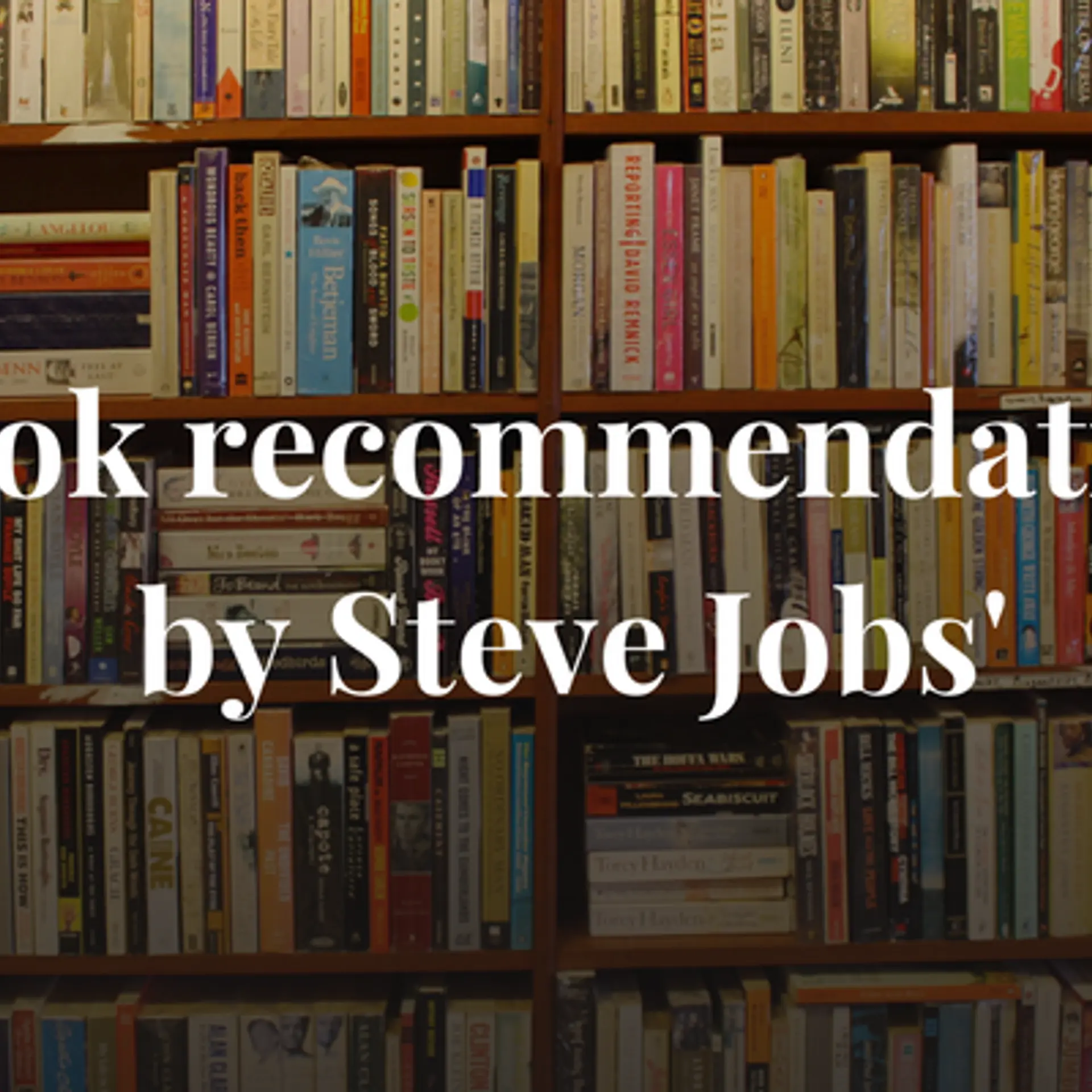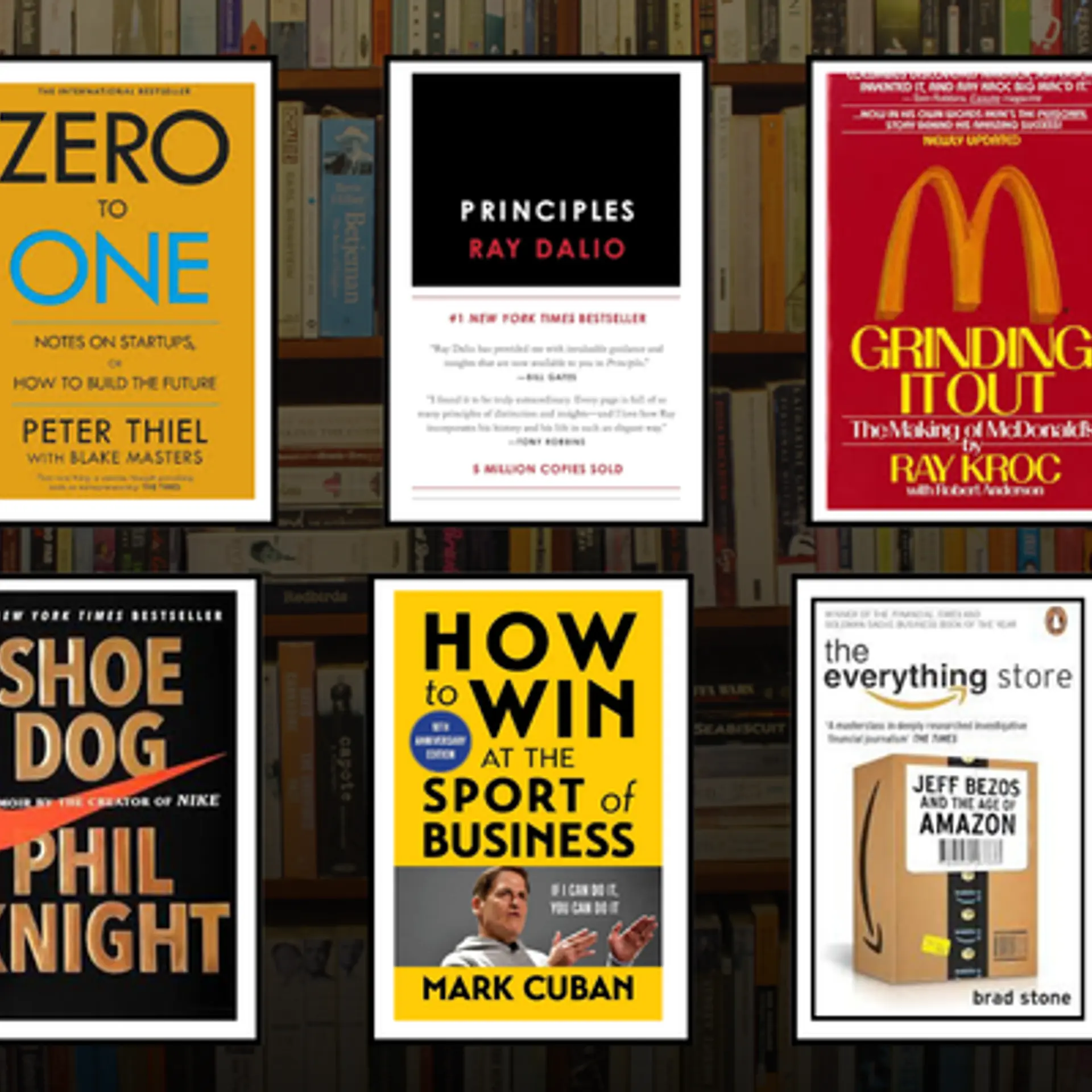Porter's Five Forces Explained: A Formula for Sustainable Business
In today's dynamic business landscape, understanding the competitive environment is crucial for ensuring long-term sustainability. One of the most effective frameworks for analysing industry competitiveness is Porter's Five Forces.
Developed by Michael E. Porter, this model helps businesses assess their strategic position and the external pressures they face. Let's dive into Porter's Five Forces using a hypothetical hydrogen-powered budget four-wheeler business as an example.
Competitive Rivalry
Competitive rivalry examines the intensity of competition within an industry. For our hypothetical hydrogen-powered budget four-wheeler business, the level of competition will be influenced by:
- Number of Competitors: If there are many existing players in the budget four-wheeler market, rivalry will be intense. Established brands with strong market presence can make it challenging for new entrants to gain a foothold .
- Industry Growth: In a growing market, there is more room for new players, reducing the intensity of competition. However, in a stagnant or declining market, competitors will fiercely battle for market share.
- Product Differentiation: Offering unique features such as superior fuel efficiency, lower emissions, or innovative designs can help differentiate your hydrogen-powered vehicle from others, reducing direct competition.
Threat of New Entrants
The threat of new entrants refers to the ease with which new competitors can enter the market. Several factors affect this:
- Capital Requirements: Entering the automotive industry requires significant capital investment in manufacturing, R&D, and distribution channels. High entry costs can deter new competitors.
- Economies of Scale: Established players benefit from economies of scale, making it difficult for new entrants to compete on price without large-scale production.
- Brand Loyalty and Differentiation: Strong brand loyalty towards existing automotive brands can be a significant barrier. New entrants must offer compelling reasons for customers to switch.
Bargaining Power of Suppliers
Supplier power impacts how much control suppliers have over the pricing and quality of inputs. For a hydrogen-powered vehicle business:
- Number of Suppliers: If there are few suppliers of critical components like hydrogen fuel cells, they can exert significant power over prices.
- Switching Costs: High costs associated with switching suppliers can increase supplier power. Developing alternative sources or backward integration could mitigate this risk.
Bargaining Power of Customers
Customer power is the influence buyers have over pricing and terms. In the budget four-wheeler market:
- Number of Buyers: A large customer base reduces individual buyer power, but concentrated purchasing by large fleets (e.g., rental companies) can increase buyer power.
- Availability of Alternatives: If customers can easily switch to other budget or hybrid vehicles, they hold more power. Offering unique benefits or superior customer service can help retain customers.
Threat of Substitutes
Substitute products can place a ceiling on industry prices and profitability. For our business:
- Alternative Vehicles: Electric vehicles (EVs) and hybrid cars are major substitutes. If these alternatives become more cost-effective or offer better performance, they can significantly impact the hydrogen-powered vehicle market.
- Cost and Performance: The relative cost and performance of hydrogen-powered vehicles compared to EVs and traditional gasoline vehicles will influence the threat level. Continuous innovation and cost reduction are essential to stay competitive.
Experts recommend a few strategies to navigate these competitive forces effectively:
- Innovation and Differentiation: Continuously innovate to offer unique features that set your vehicles apart from competitors. This could involve advancements in hydrogen fuel efficiency, safety features, or integrated technology.
- Strategic Partnerships: Forming alliances with key suppliers can secure favorable terms and ensure a steady supply of critical components. Additionally, partnerships with tech firms can enhance product offerings through advanced features.
- Customer Focus: Building strong relationships with customers through superior service, loyalty programs, and customised solutions can help retain and attract buyers even in a competitive market.
By leveraging Porter's Five Forces, businesses can gain a comprehensive understanding of their competitive environment and develop strategies to enhance their market position. For our hypothetical hydrogen-powered budget four-wheeler business, this analysis provides a roadmap to navigate industry challenges and capitalise on opportunities, ensuring long-term sustainability and success.
Edited by Rahul Bansal







